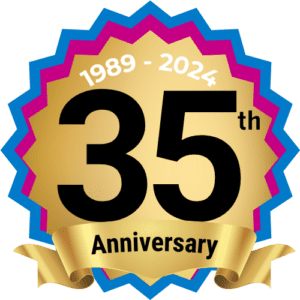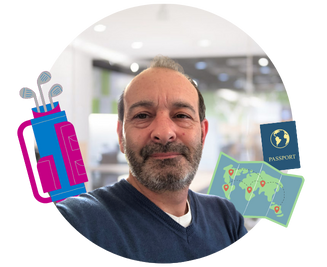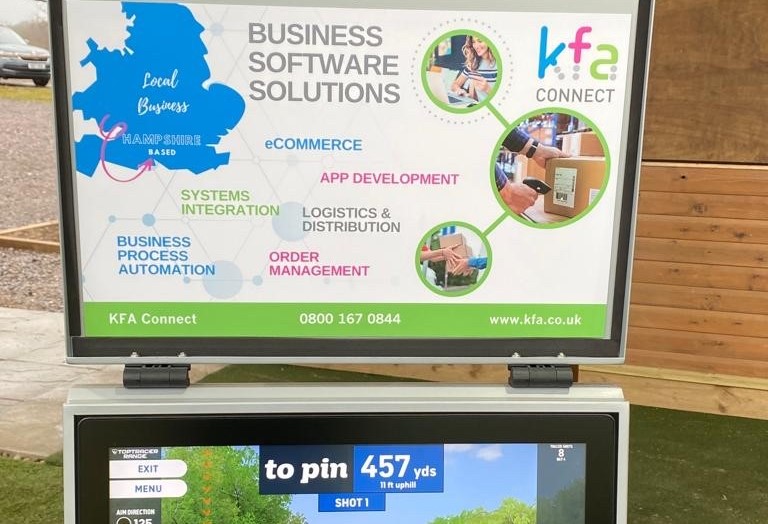Special Offer! Free IBM i Consultancy Sessions
2 FREE 90-Minute Consultancy Sessions
Let our Team of IBM i experts suggest solutions for existing issues, discuss any existing project requirements or help plan new projects with 2 FREE 90-Minute Consultancy Sessions*.
We are giving your business access to our team of experts who will be able to assist you with new ideas for your IBM i application, migration from the IBM i, IBM i integration or improvements to the day-to-day operational running of your system.

Acknowledging that every business has very unique needs, we propose the first session will be one of discovery where we will discuss your needs in detail. Once we have these details we will identify the best member(s) of the team to attend the second session where we will be able to discuss in greater detail.
The intended outcome of the two sessions is to present you with solutions that will enable your business to grow and thrive in the digital age, ensuring full leverage of the IBM i to drive business growth and success.
In addition to our expertise in IBM i, KFA’s consultants also bring a wealth of knowledge in other areas of technology. They will help business owners better understand web development, software development and can provide guidance on how to utilise these in the most effective way.
Our Services
- IBM i Application Modernisation
- IBM i Development
- IBM i Data Migration
- IBM i eCommerce Integration
- IBM i Integration
- IBM i System Upgrades
- IBM i Testing
- IBM i Support

The Important bit…
*Free consulting sessions are subject to availability and the offer is valid for sessions booked and held on or before 31/07/2023.
Sessions can be used to discuss current code, databases, and application interfaces and scope potential projects but do not include implementing any system changes.
If your intention is to migrate from the IBM i we will also be able to offer the free consultancy services to assist you with the process. KFA Connect will provide a written quotation on request for any requirements identified during the sessions that you would like us to deliver.
There is no obligation to engage in the services of KFA Connect beyond the free consultancy sessions.
24th March 2023
Want to know more? Get in touch with our team today.






















